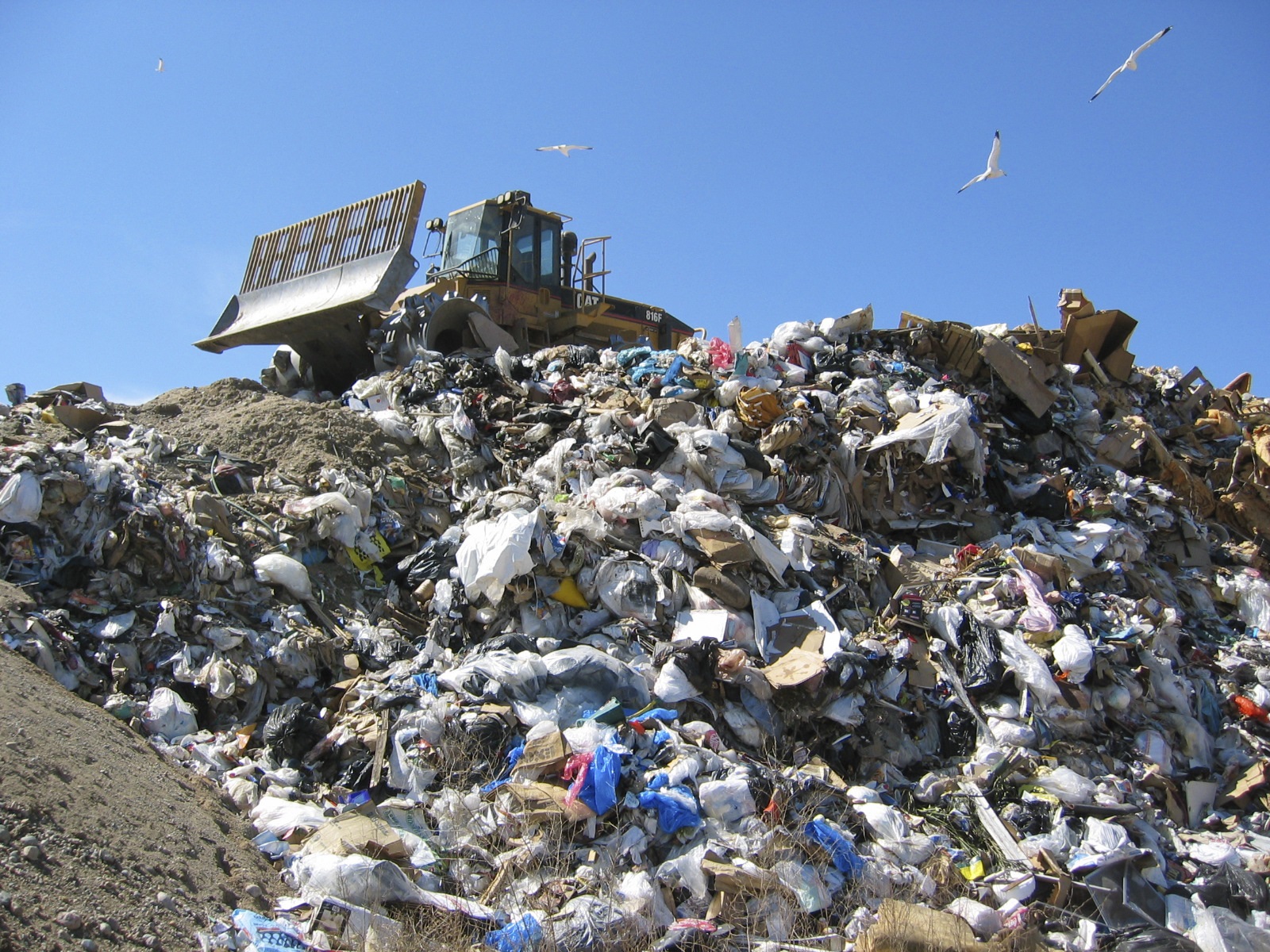
Garbage is an inevitable byproduct of human activity, but its management has become a significant environmental challenge worldwide. With urbanization and industrialization, the 商用垃圾桶 of waste generated has increased exponentially. Every year, millions of tons of garbage are produced globally, and unfortunately, a large area of it is not removed properly. From plastic bottles and food wrappers to old consumer electronics and hazardous materials, garbage takes many forms and can have long-lasting impacts on ecosystems, creatures, and human health. Understanding the types of waste and implementing better waste management practices are crucial steps toward reducing the unwanted effects of garbage on the environment.
The problem of garbage can be categorized into several types, including city and county solid waste (household trash), industrial waste, hazardous waste, and electronic waste (e-waste). City and county waste is what folks commonly think of when they hear the word “trash, inch capturing everyday items like food leftovers, paper, plastic, glass, and metals. While these recycling programs have made strides in directing some of this waste from landfills, a significant portion still leads to the surroundings, especially in areas without robust waste management systems. Industrial and hazardous waste items, including chemicals and byproducts from manufacturing processes, pose increased risks because of their toxic nature.
Plastic waste, in particular, has gained global attention for its detrimental effects on the environment. Every minute, a truckload of plastic is broke up with into the seas, do harm to underwater life and disrupting marine ecosystems. Underwater animals often mistake plastic debris for food, leading to consumption that can cause injury or death. Furthermore, microplastics—tiny plastic allergens that result from the breakdown of larger plastics—are now found in water bodies around the world, including drinking water. The pervasiveness of plastic polluting of the environment is a stark reminder of the need for better waste reduction, these recycling, and awareness efforts.
Landfills, often seen as a solution to the problem of garbage, can create additional environmental issues. While they contain waste and forestall it from contaminating surrounding area, they are not without their drawbacks. Landfills produce methane, a potent greenhouse gas that contributes to climate change. They also require vast amounts of land, that leads to deforestation and home loss. Leachate, the liquid that forms when waste breaks down, can drip into the soil and ruin groundwater sources if not managed correctly. As landfills reach capacity, finding new locations becomes a challenging and contentious issue for many communities.
The problem of e-waste is another growing concern, as the rapid pace of technological advancement leads to a constant cycle of upgrading and removing electronics. E-waste contains hazardous substances like lead, mercury, and cadmium, which can pose serious health hazards if not removed properly. Unfortunately, a lot of the world’s e-waste is shipped to developing countries where it is often processed under hazardous conditions, putting workers and nearby communities in danger. The lack of proper these recycling facilities exacerbates the problem, as many electronics result in landfills or are incinerated, releasing toxic toxins.
Efforts to treat the garbage problem must include both local and global initiatives. Governments can play a significant role by implementing stricter waste management regulations, promoting these recycling programs, and encouraging the use of biodegradable materials. Public awareness campaigns can educate people about the incredible importance of reducing, reusing, and these recycling. Additionally, innovations in waste management technology, such as waste-to-energy plants and advanced these recycling techniques, offer new ways to minimize the impact of garbage. However, these solutions require investment and cooperation from the public and private sectors.
One of the most effective ways to combat the issue of garbage is by reducing waste at the source. This means rethinking how products are made, manufactured, and packaged to reduce the amount of waste they produce. Companies can take responsibility by implementing sustainable practices, such as using recyclable or biodegradable packaging, designing products that are safer to delete, and promoting product recycle. Consumers also have a job to play by making mindful choices, such as purchasing products with minimal packaging, opting for reusable items instead of single-use parts, and supporting brands that prioritize sustainability.
These recycling is another essential part of waste management, but it is not a silver topic. While these recycling helps divert waste from landfills, it can only perform the job if the proper structure is in place and if people are educated as to what can and cannot be recycled. Contamination, where non-recyclable items are combined with recyclables, is a major issue that can cause entire batches of recyclables to be removed. Furthermore, not all materials are greatly recyclable; for instance, parts weaken in quality each time they are recycled. Therefore, the emphasis should be on reducing and reusing before these recycling.
The impact of garbage on creatures cannot be overlooked. Animals often become entangled in removed fishing gear, plastic bags, and other debris, leading to injuries, suffocation, or drowning. Birds, turtles, and other animals can mistake small plastic items for food, leading to obstructions in their the disgestive system systems. In some cases, this consumption of garbage can be fatal. Addressing these issues requires matched up efforts to reduce the amount of waste entering the surroundings and to clean up existing polluting of the environment, such as organizing community clean-ups and promoting responsible removal of waste.
Ultimately, resolving the problem of garbage requires a collective effort from individuals, communities, governments, and industries. It is essential to take a more sustainable and circular approach to how you produce, consume, and dispose of goods. By reducing waste, improving these recycling systems, and developing innovative waste management solutions, it is possible to mitigate the negative impacts of garbage on the environment. While progress has been manufactured in some areas, there is still a long way to go. The future health in our planet depends on those things we take today to manage waste more responsibly.

